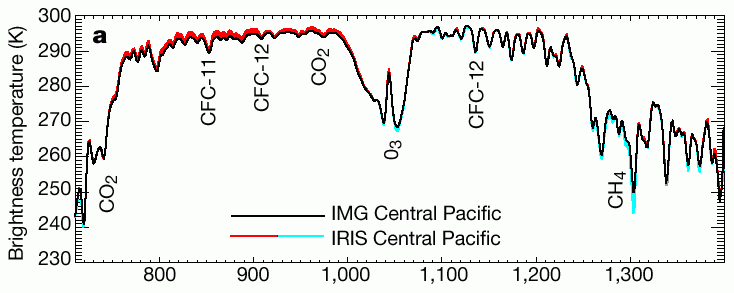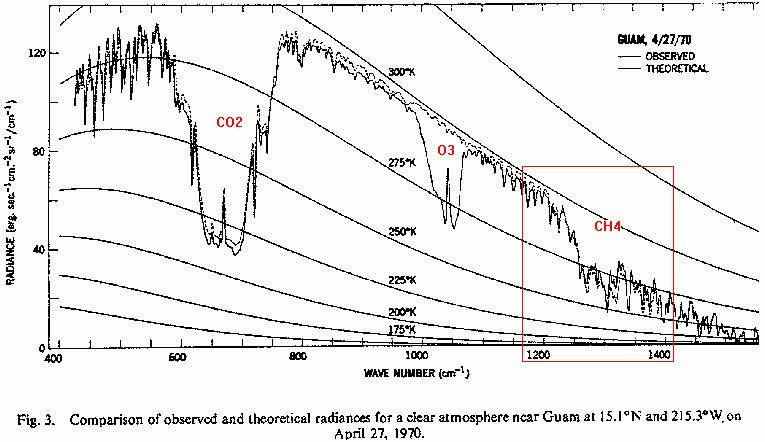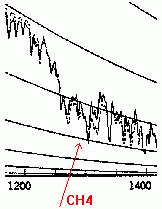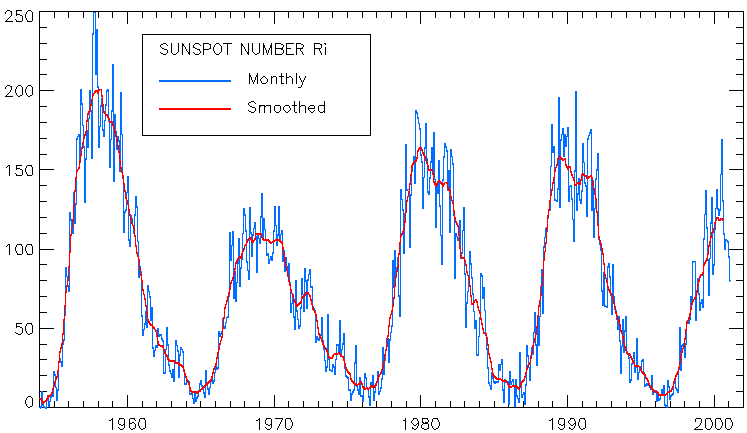|
A Smoking Pea-Shooter by John L. Daly 19 March 2001
"
'Data conclusively show human role in greenhouse effect' researchers
say" - (Globe & Mail) These were the headlines which were flashed around the world in the second week of March, resulting in a media frenzy over yet another `new' global warming story. What triggered it was a small paper in Nature (v.410, p.355, 15 March 2001) by a team led by British physicist John E. Harries, which claimed to have discovered the imprint of human activity on the Greenhouse Effect, based on comparative studies between satellite-observed Earth's infra-red radiation profiles measured in 1970 and then later in 1997.
The Media Spin Here are a sample of quotes from the various media stories, which show something of the alarmist spin which the various media outlets put on this story -
There was clearly a misunderstanding here. Gases are not `leading to' the greenhouse effect. It is there all the time - we would not be alive without it. Confusing the natural greenhouse effect with changes to that effect are two quite different things.
Globe & Mail were not quoting accurately. What the researchers actually wrote in their paper was -
Note the careful wording of the original text. The results were not consistent with `the heating up' of climate as the media spin put it, nor were they consistent with `radiative forcing' of climate. Rather they were consistent with concerns over the radiative forcing of climate - an evasive a form of words allowing the researchers an element of deniability - a common practice in greenhouse science papers.
In a multi-billion dollar industry, nothing happens by chance. We are asked to believe that all these weekly scare stories we have been subjected to over the last year were the result of chance research, that just `happened' to come to light.
The Harries paper made no such claim. It stated there was a `significant increase in the earth's greenhouse effect' - not the same thing. Incredibly the very same ENN report contradicted itself when it later stated -
Reuters, with their usual attention to detail stated in their report -
Only in the Reuter's report do we get the slightest inkling that the much trumpeted `significant increase in the Earth's greenhouse effect' was found to be mostly in the non-CO2 gases - methane and CFCs. In 1970, methane was growing rapidly in the atmosphere, but has since levelled out, so there has been very little increase at all in the last 8 years. In other words, methane is no longer a problem. In 1970, CFCs were also growing in the atmosphere, being a greenhouse gas in its own right. However, CFCs have been banned over the last 12 years by the Montreal Protocol due to their alleged detrimental effect on the ozone layer. CFCs too have ceased to grow in the atmosphere and are expected to decline steadily over the coming decades.
The Actual Findings When reading the whole paper, one is struck by the lack of substantial change in the infra-red spectrum of the earth over the 27-year period cited. Here is a colourised enlargement of the primary graph they present to demonstrate their case. Specific wavelength bands associated with particular gases are added. |



